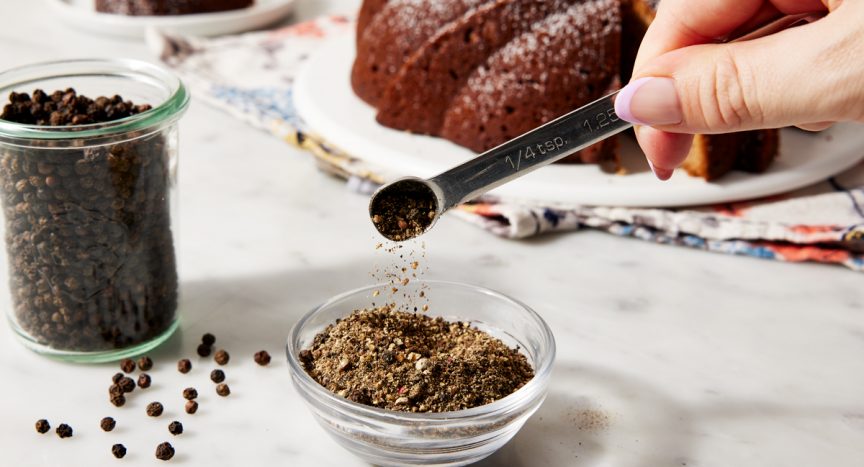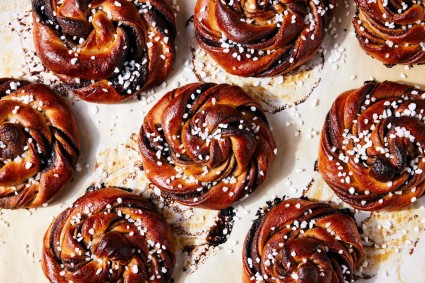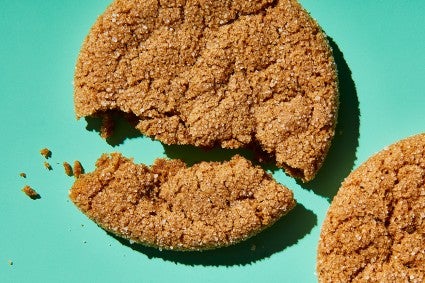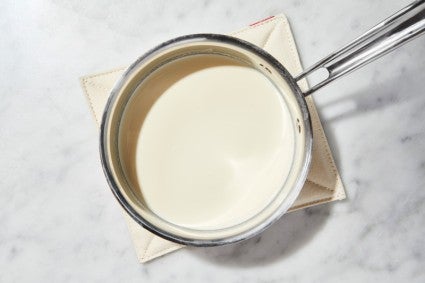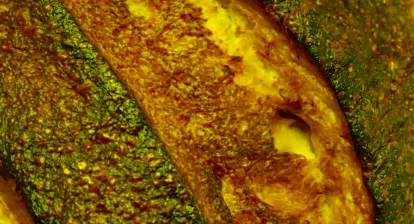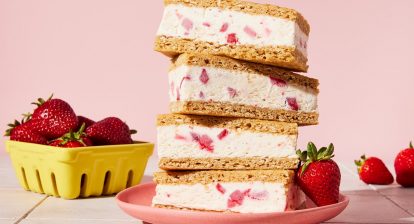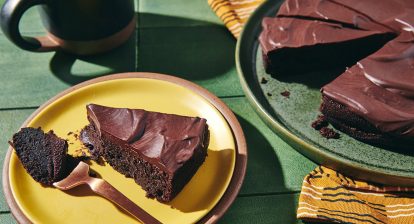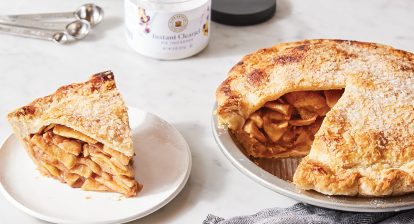I have always loved black pepper and use it liberally in my home kitchen. But I gained a new appreciation for this common ingredient many years ago on a visit to the Malabar coast of Kerala, in southeast India, to see my then-husband's maternal grandmother. It was there, in Kannur, an important port on the Arabian Sea, that I sampled fresh black peppercorns—harvested, fermented, and sun-dried—from the pepper vines in his grandmother's lush garden. These peppercorns were woody and citrusy; they throbbed with subtle heat. I finally understood why pepper became a globally beloved spice – traveling through trade and conquest from southern India, where Pepper nigrum is native, in Rome (cheese and black pepperanyone?), Egypt, Portugal and beyond.
I brought a small amount of those Malabar peppercorns home to the US and used them in curries and tea, of course, but also cookies and pies. Many bakers know that adding salt to a dessert can balance its sweetness and enhance its flavor, but don't even think about reaching for the pepper mill. “Black pepper is a great secret weapon,” says Alyse Baca, a trained pastry chef and culinary director at boutique spice company Spicewalla. “When used properly, it improves everything.”
Hot stuff
Black pepper packs a punch: It's spicy, but it can also impart warm, piney, citrus or fruity notes depending on the variety. “Black pepper is my favorite baking spice to add warmth to a dessert,” says Lisa Donovan, New York Times Cooking columnist and author of Our Lady of Perpetual Hunger. “When used in the right proportions and paired with the right bedfellows, it can either be a subtle play on warm spices or give a very interesting edge to something with a base flavor.” Her Appalachian family used black pepper in dry apple pies because they couldn't afford—or find—cinnamon; combined with apples, sugar and cream, it created the same warming effect as the hard-to-access spice.
Nik Sharma, a cookbook author (most recently, i Vegetables-Table) and chef, rejects the idea that black pepper is one-note. “When you use black pepper, a dessert is not just hot. It's fragrant,” he says. This is perfectly illustrated in Cardamom buns, in which black pepper intensifies the fruitiness and bitterness of the black cocoa in the filling. Nik's signature chocolate chip cookies, meanwhile, use black pepper and crystallized ginger. “Chocolate has a strong flavor and pepper can handle that. Ground black pepper and crystallized ginger provide heat in different ways.” Similarly, in Spiced Ginger Rye Cookiesboth black pepper and ground ginger add bite to the cookie.
Like salt, a pinch of black pepper can counteract and overpower the sweetness of a dessert, especially a fruity one. A pinch of black pepper ensures that cobblers, jellies and berry sauces are well-balanced and not too sweet, explains Alyse. One of her favorite desserts is grilled peaches or strawberries à la mode. “I crush black pepper in warm honey and sprinkle it on fruit or ice cream; the sweetness of the honey and the earthiness of the pepper is such a good combination.” Create a party in your mouth using black pepper Spiced Peach Cake; add 1/4 teaspoon ground black pepper to filling to give it puffiness.
To get the most out of black pepper, Nik recommends cooking the spice in a fat, such as butter or cream. This technique not only brings out more flavor from the spice, but also imparts flavor to the fat. “When I make a lemon pound cake, I melt the butter and add a few cracked black peppercorns and lemon zest; I drain it and then fold the infused butter into the cake batter,” he says. When he makes lemon-rosemary ice cream, he infuses the peppercorns — along with lemon zest and bruised rosemary leaves — into the custard base and lets them infuse overnight. Then drain the cream and scald it; every scoop of the resulting ice cream has a hint of cayenne pepper. You can give whipped cream the same treatment: Pour 1/2 teaspoon of black pepper per cup of cream, plus 2 teaspoons of sugar and follow the hot infusion method.
Spice up your life
While pre-ground black pepper is ubiquitous, both Alyse and Nik recommend home bakers buy whole peppercorns and grind them as needed. For the strongest flavor, “roast them in a pan to activate (their) oils,” says Alyse. “Then throw it in a mortar and press.”
Peppercorns should be stored in a dark container away from heat. Alyse understands why bakers keep spices on top of their stoves (so convenient!), but the constant exposure to heat and light can be harmful. “The best place to store spices is in a cupboard,” she says. “It will keep them fresher for longer.”
Lisa advises to “go easy at first, then see how you feel about (the pepper's) presence.” She recommends adding it to spiced baking, such as coffee puddings or gingerbread. “It will leave your guests feeling like they've had something a little more interesting than usual.”
Nik also encourages home bakers to experiment with different varieties of black pepper. “Try an aromatic black pepper like Tellicherry,” he says, which is grown in Thalassery, also on the Malabar coast, and is considered some of the best peppercorns in the world: sweet, earthy and plump. “If you have access to citrus, with flowers Kampot black pepper, use them,” encourages Nik. “There are so many options.”
Ready to enjoy your baking? Use black pepper in recipes for Soft Cape Cod Molasses Cookies, Cardamom buns, Steamed Harvest Bread, Pumpkin pie, Chai Spiced Pound CakeAND Spicy Ginger Rye Cookies.
Cover photo by Rick Holbrook; food styling by Kaitlin Wayne.

